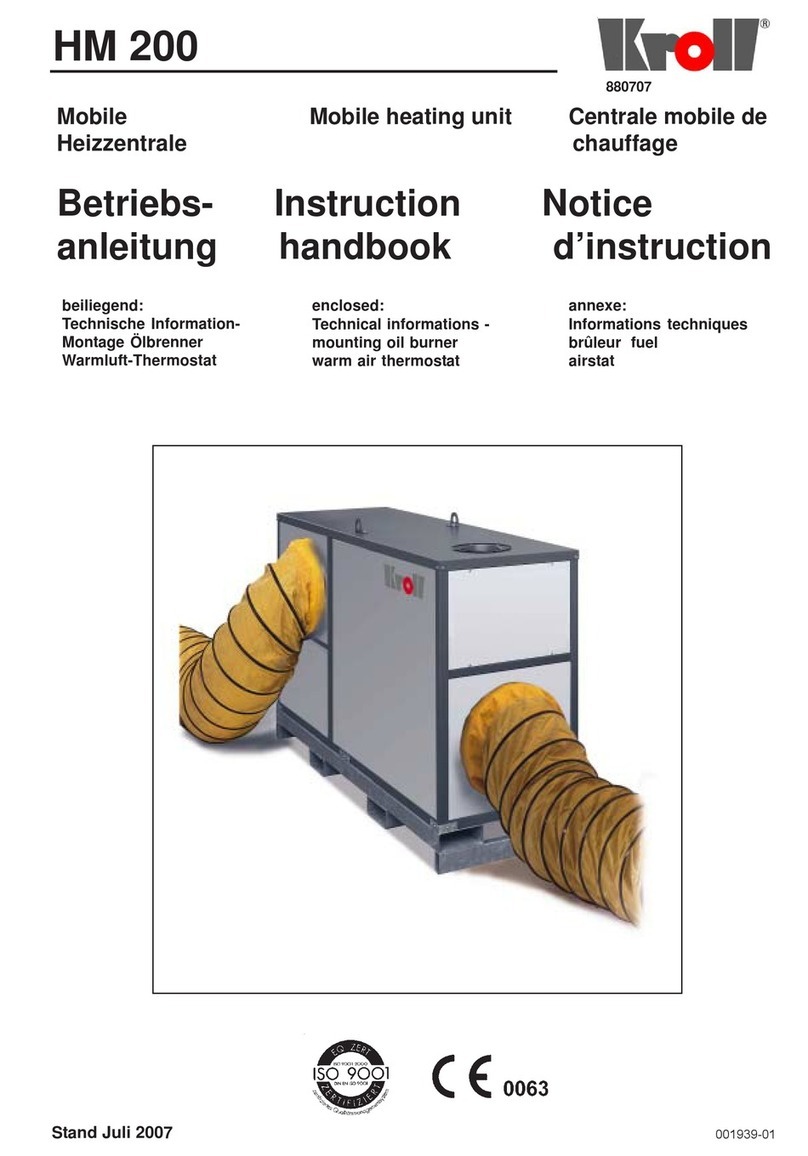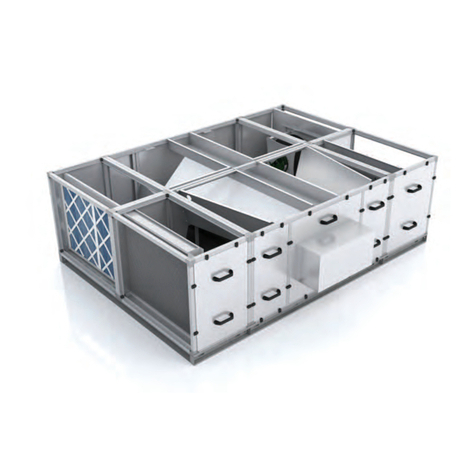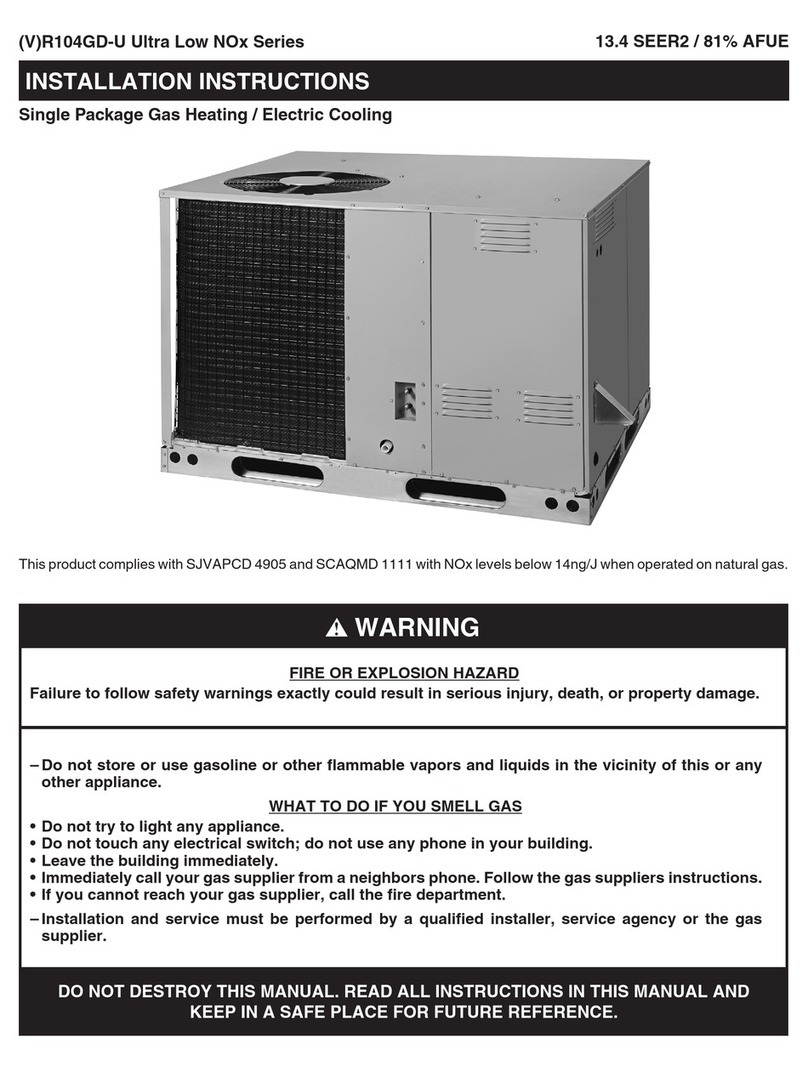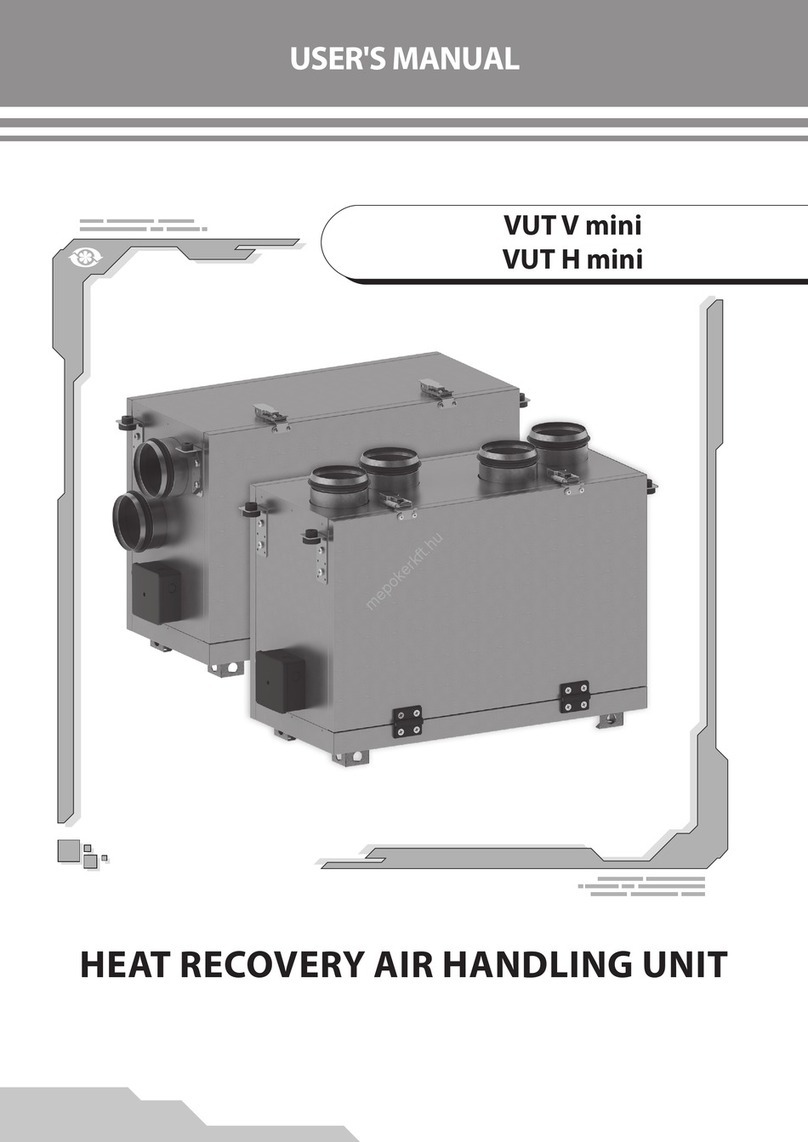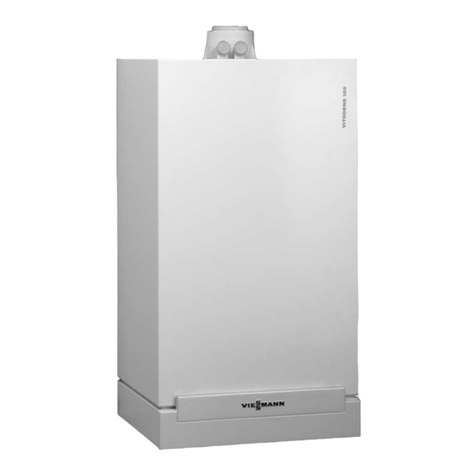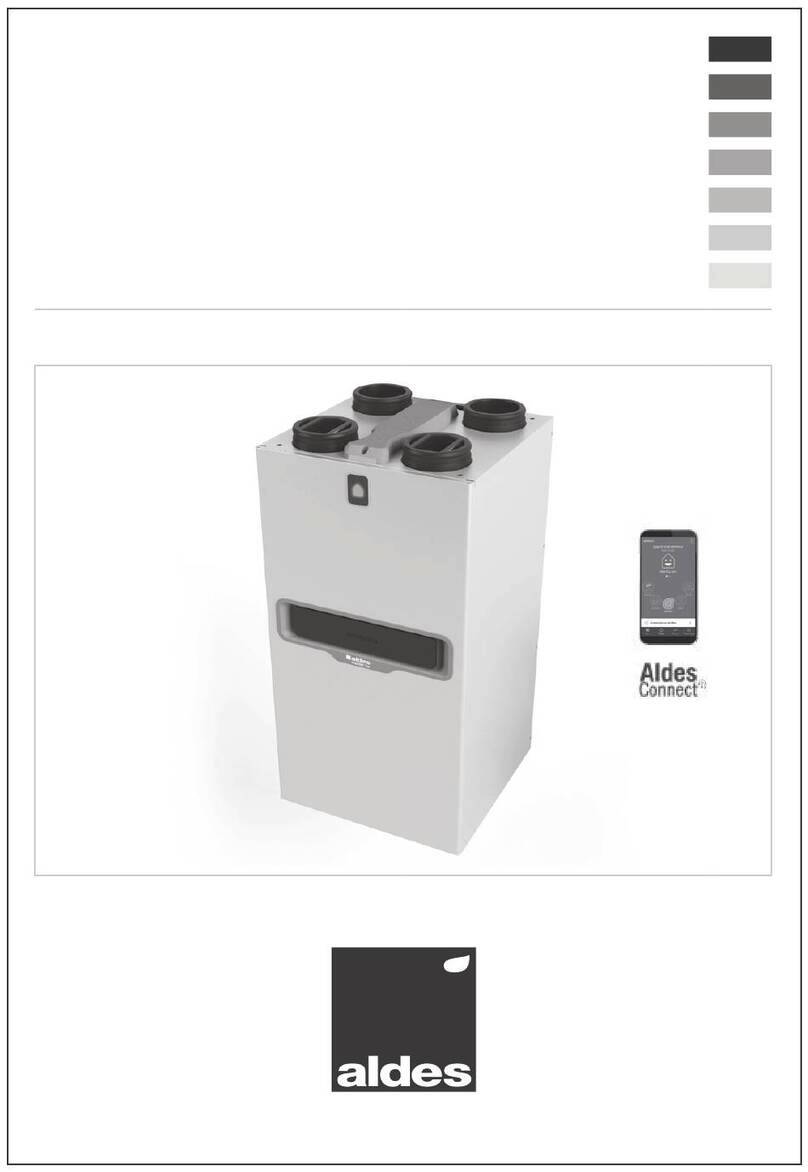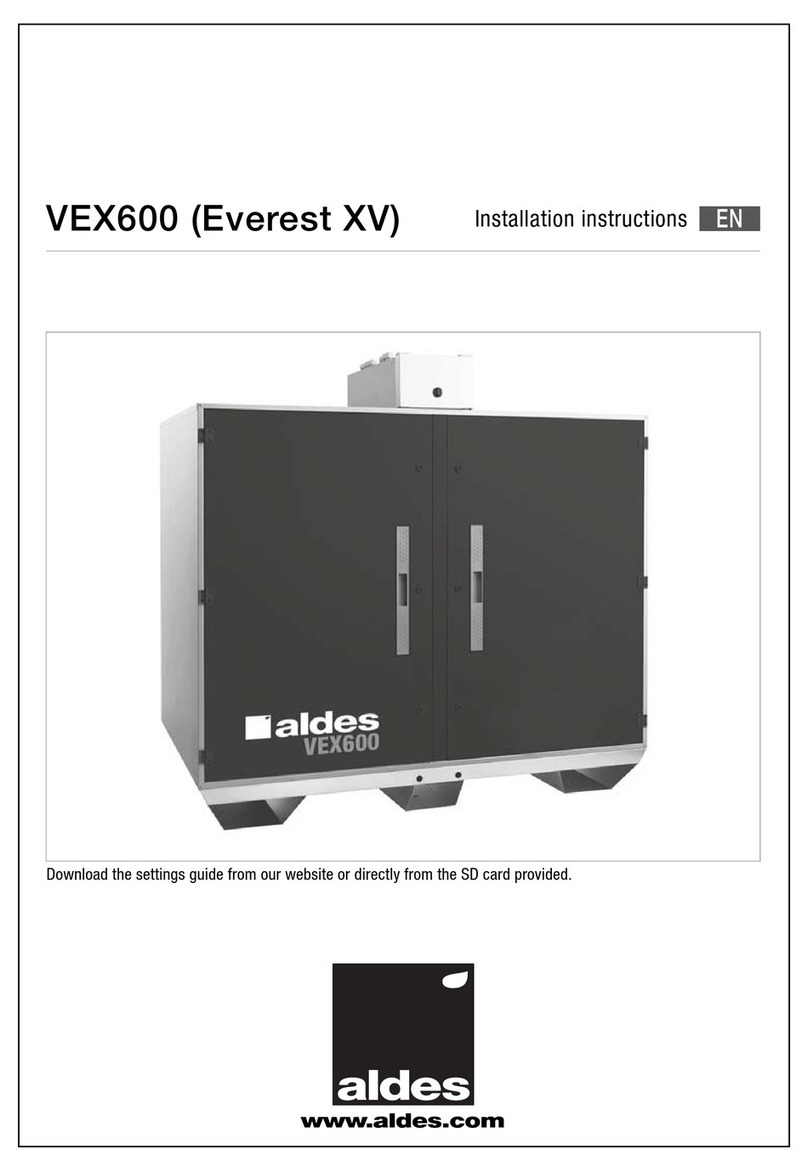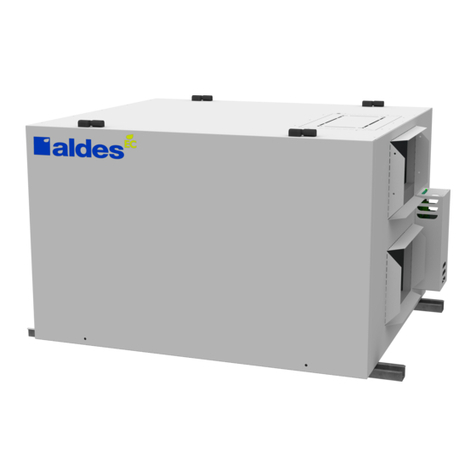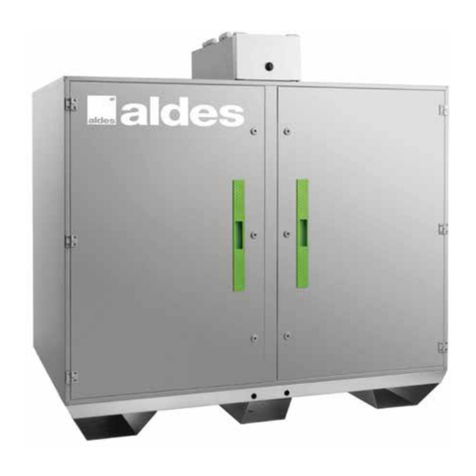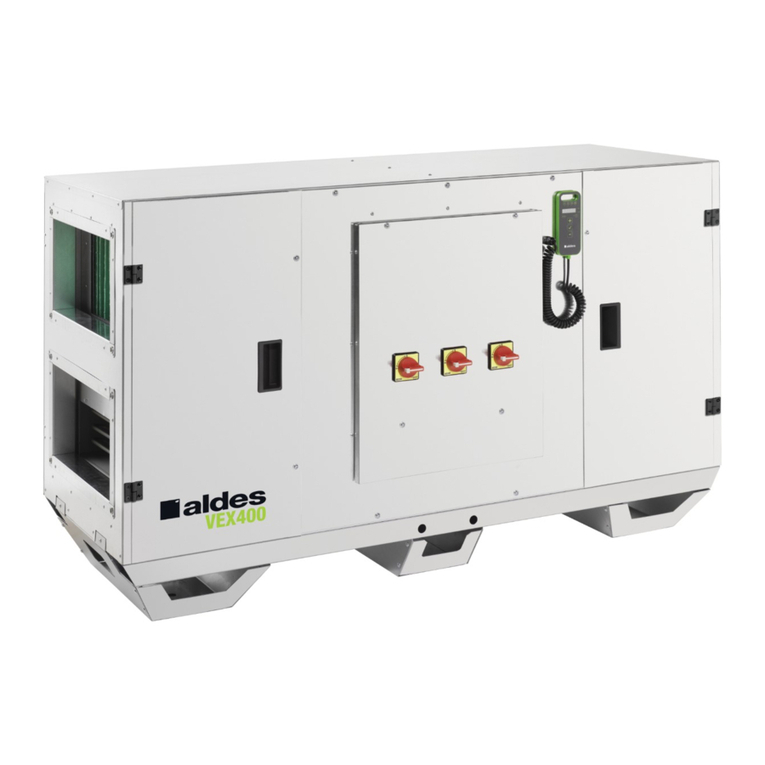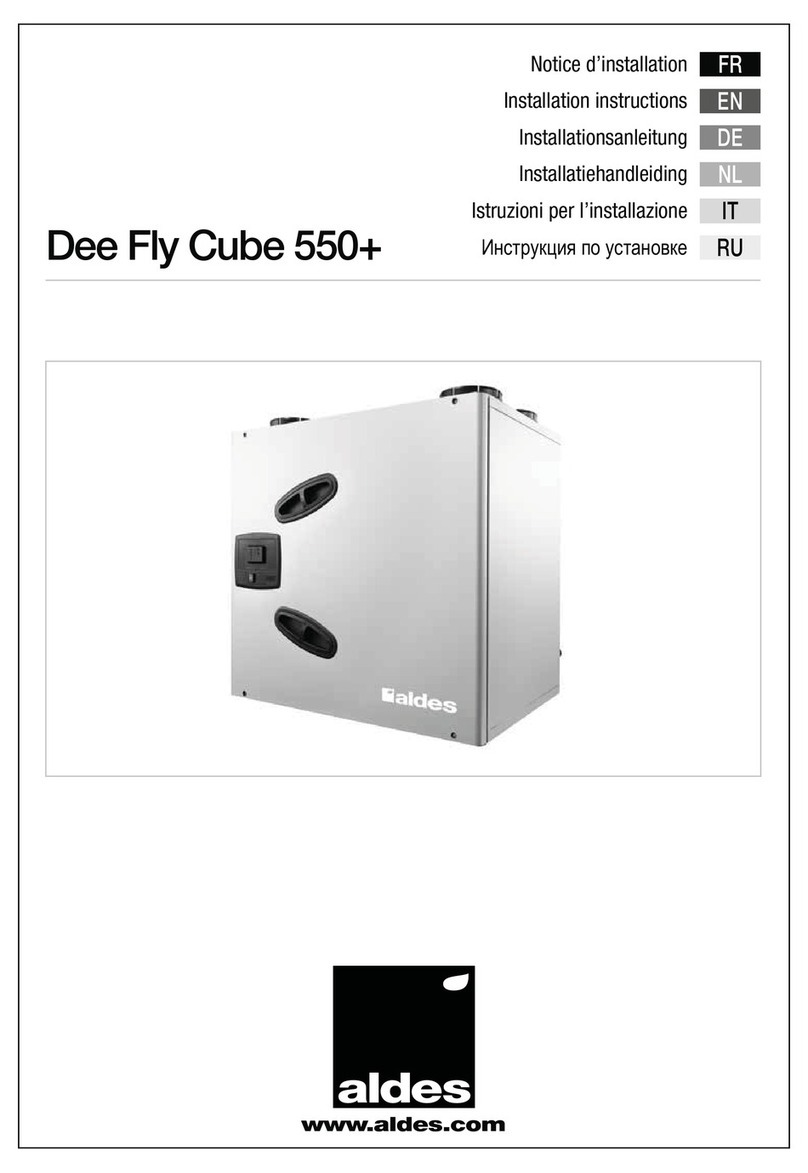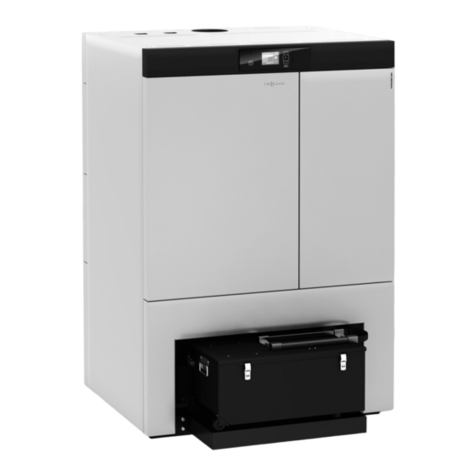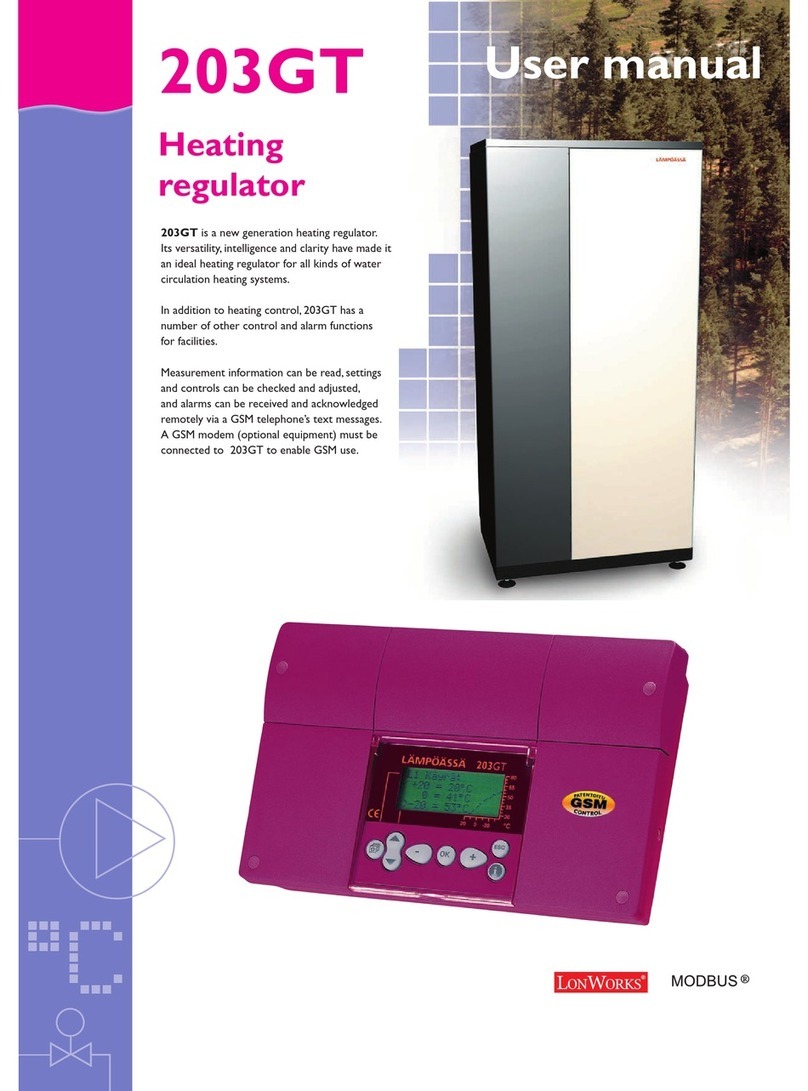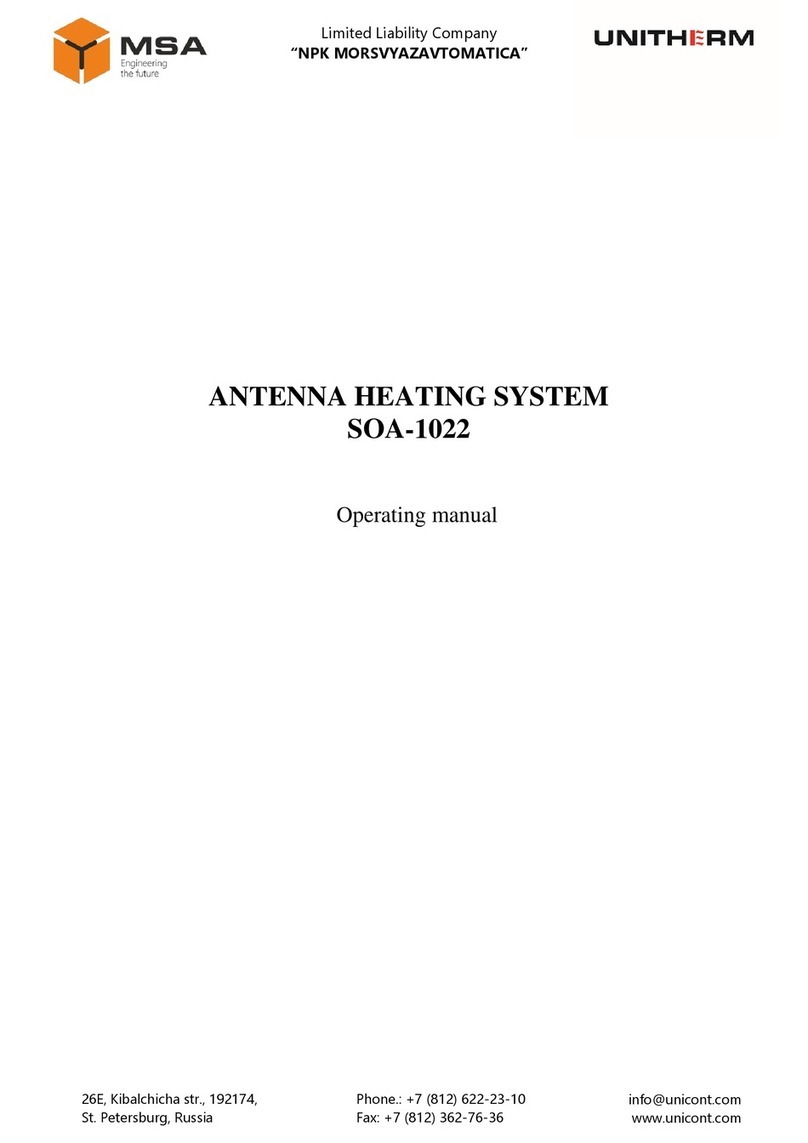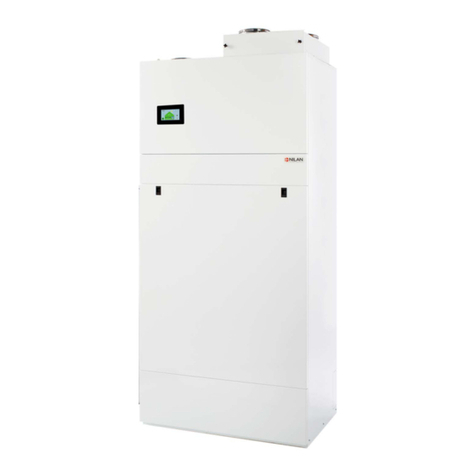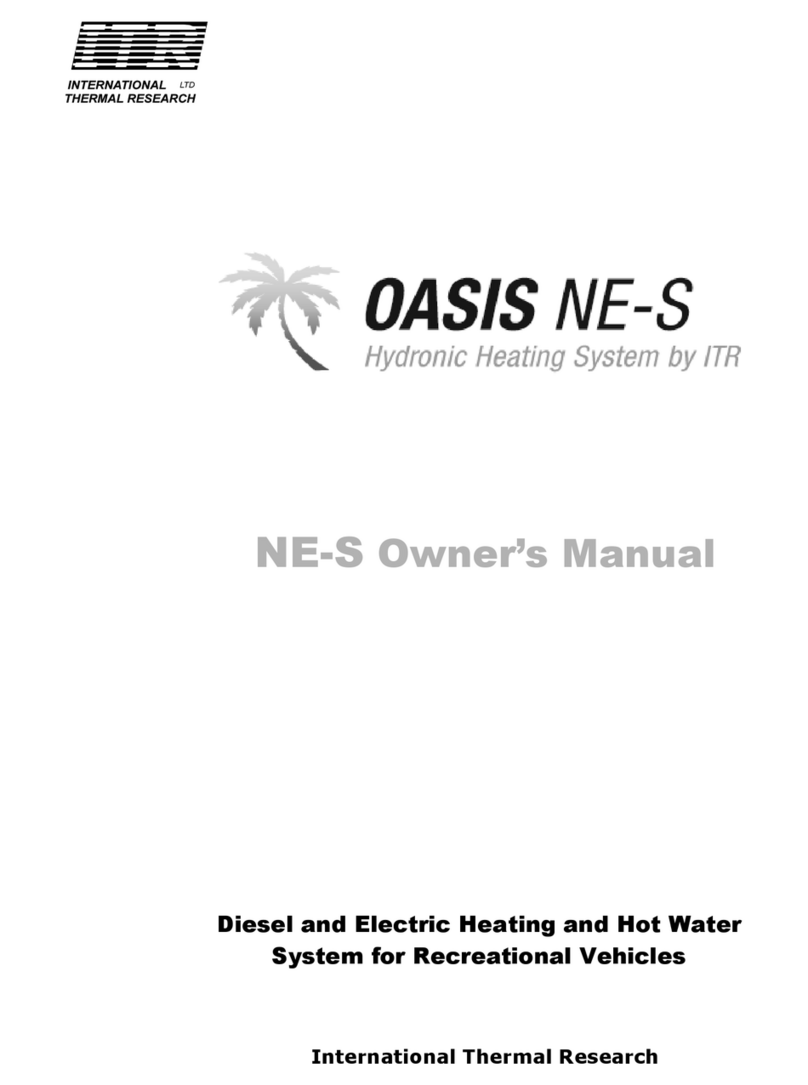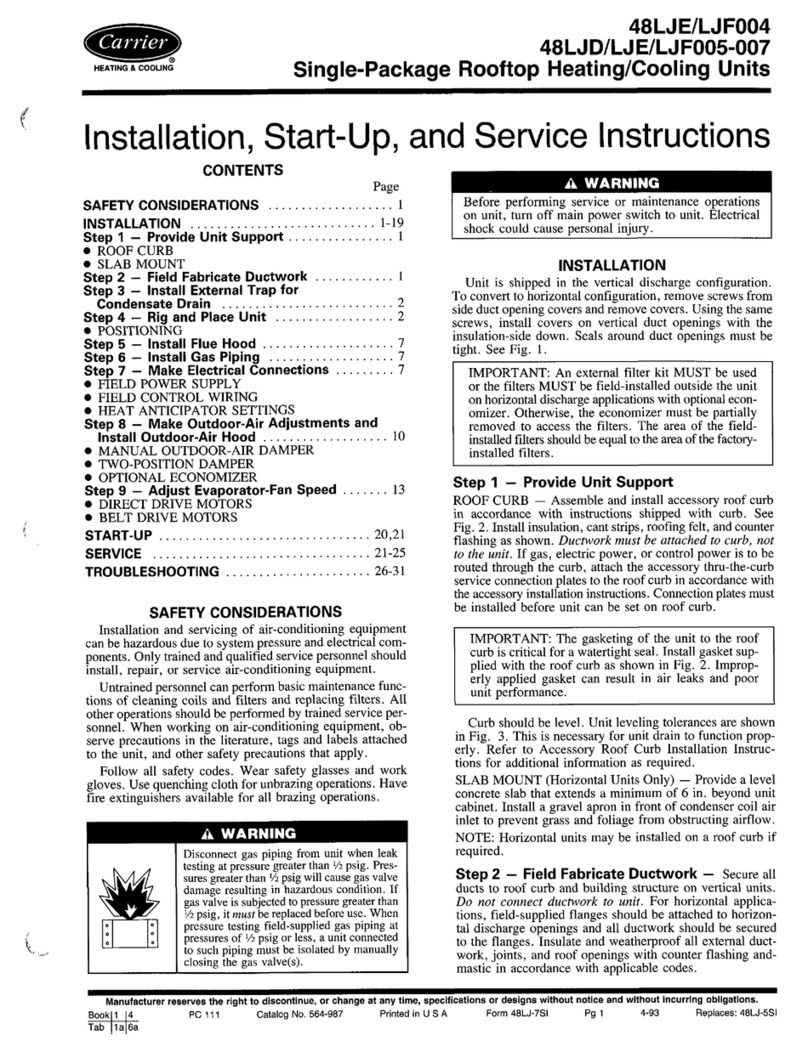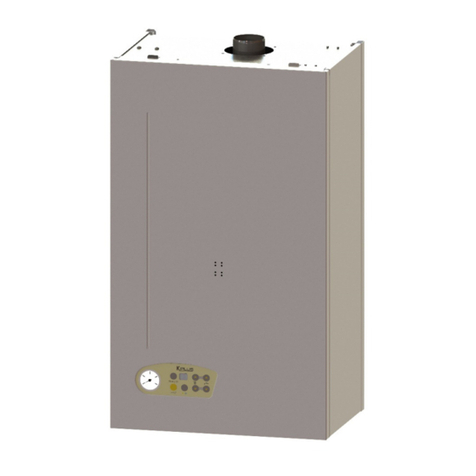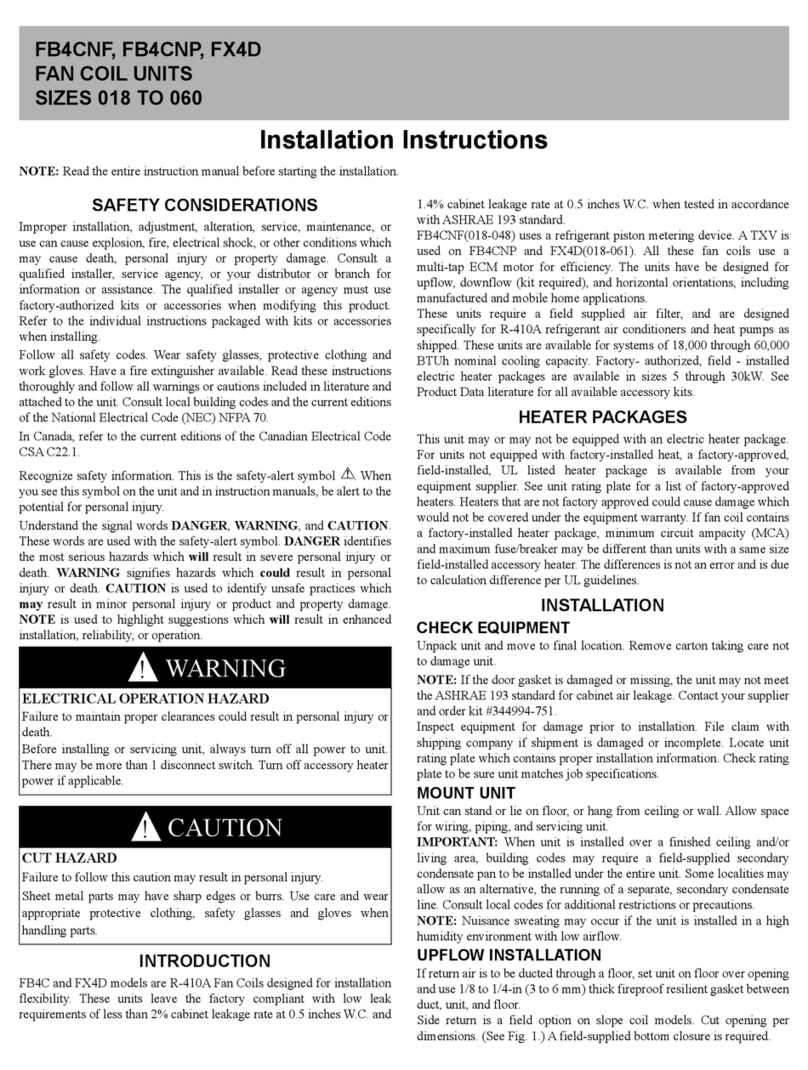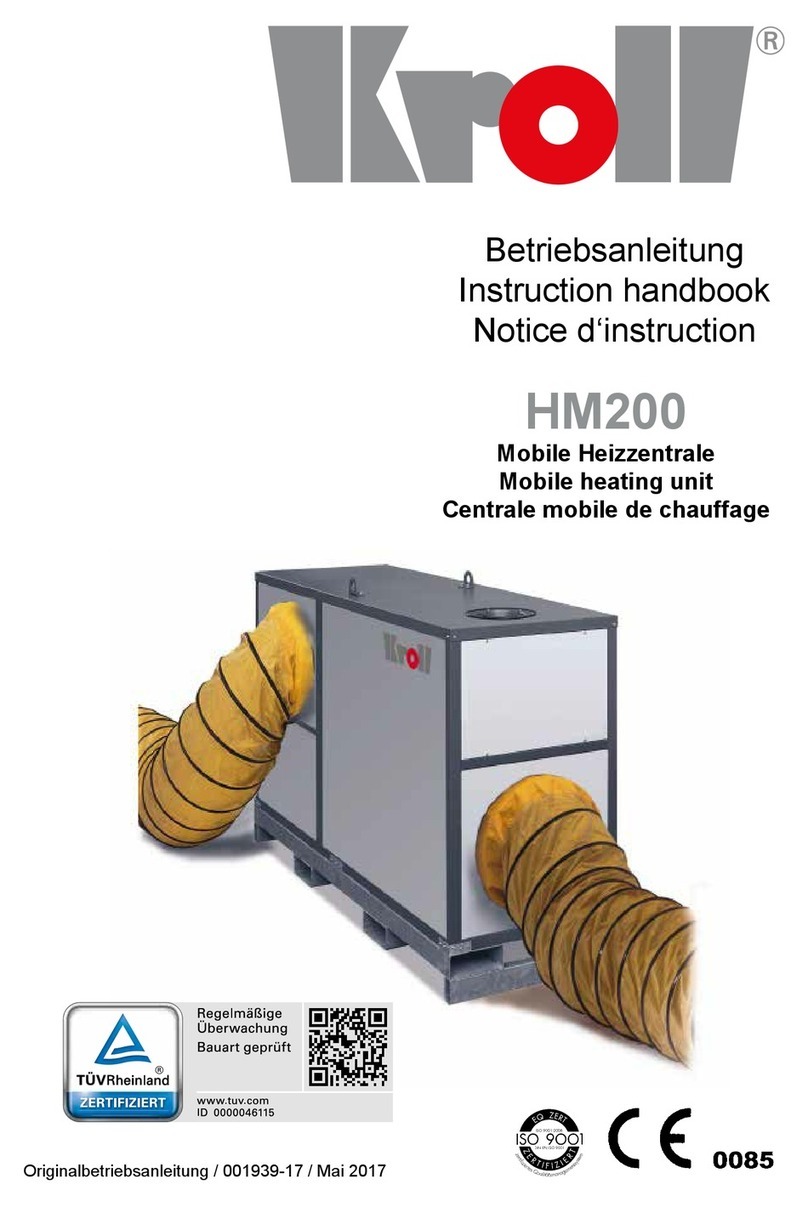
22
TABLE OF CONTENTS
1. RECOMMENDATIONS AND SAFETY SETPOINTS .................................................................................................4
1.1 Individuel protection ...........................................................................................................................................4
1.2 Installation and maintenance precautions .......................................................................................................4
2. INSTALLATION ..........................................................................................................................................................5
2.1 General information ............................................................................................................................................5
2.2 On-site transportation .......................................................................................................................................6
2.3 Parts included in the package ...........................................................................................................................6
2.3.1 Air input temperature probe..........................................................................................................................6
2.3.2 Documentation envelope ..............................................................................................................................6
2.4 Unit Assembly .....................................................................................................................................................7
2.4.1 General information.......................................................................................................................................7
2.4.2 Exterior version .............................................................................................................................................7
2.5 Direction of flow..................................................................................................................................................7
2.5.1 Right Version .................................................................................................................................................7
2.5.2 Left Version ...................................................................................................................................................7
2.6 Installing the temperature probe (air input sensor) .........................................................................................8
2.7 Installation options/accessories .......................................................................................................................8
2.7.1 Transformer component connection ............................................................................................................8
2.7.2 Canopy installation ......................................................................................................................................8
2.7.3 Installing air input/exhaust dampers.............................................................................................................9
2.7.4 Internal water cooling coil option ...............................................................................................................10
2.7.5 Constant pressure option ...........................................................................................................................11
2.7.6 LON option..................................................................................................................................................12
2.8 Hydraulic connection........................................................................................................................................12
2.8.1 Generalities on condensate connection .....................................................................................................12
2.8.2 Condensate exchanger connection............................................................................................................13
2.8.3 Condensate cooling coil connection ..........................................................................................................13
2.8.4 Internal cooling coil water collector connection .........................................................................................13
2.9 Connection to the mains power supply ..........................................................................................................14
2.9.1 Main Control – Power .................................................................................................................................14
2.9.2 Connections Electrical cables-power and control connections .................................................................15
2.9.3 Unit General power supply .........................................................................................................................16
2.9.4 De-icing battery pack power supply (optional) ...........................................................................................17
2.9.5 Connection electric heater battery power supply (optional) .......................................................................17
2.10 Filter maintenance ..........................................................................................................................................18
2.11 Configuring TCP/IP communication .............................................................................................................18
2.12 Remote control communication....................................................................................................................22
2.12.1 Using the remote control ..........................................................................................................................22
2.12.2 Menu access.............................................................................................................................................22
